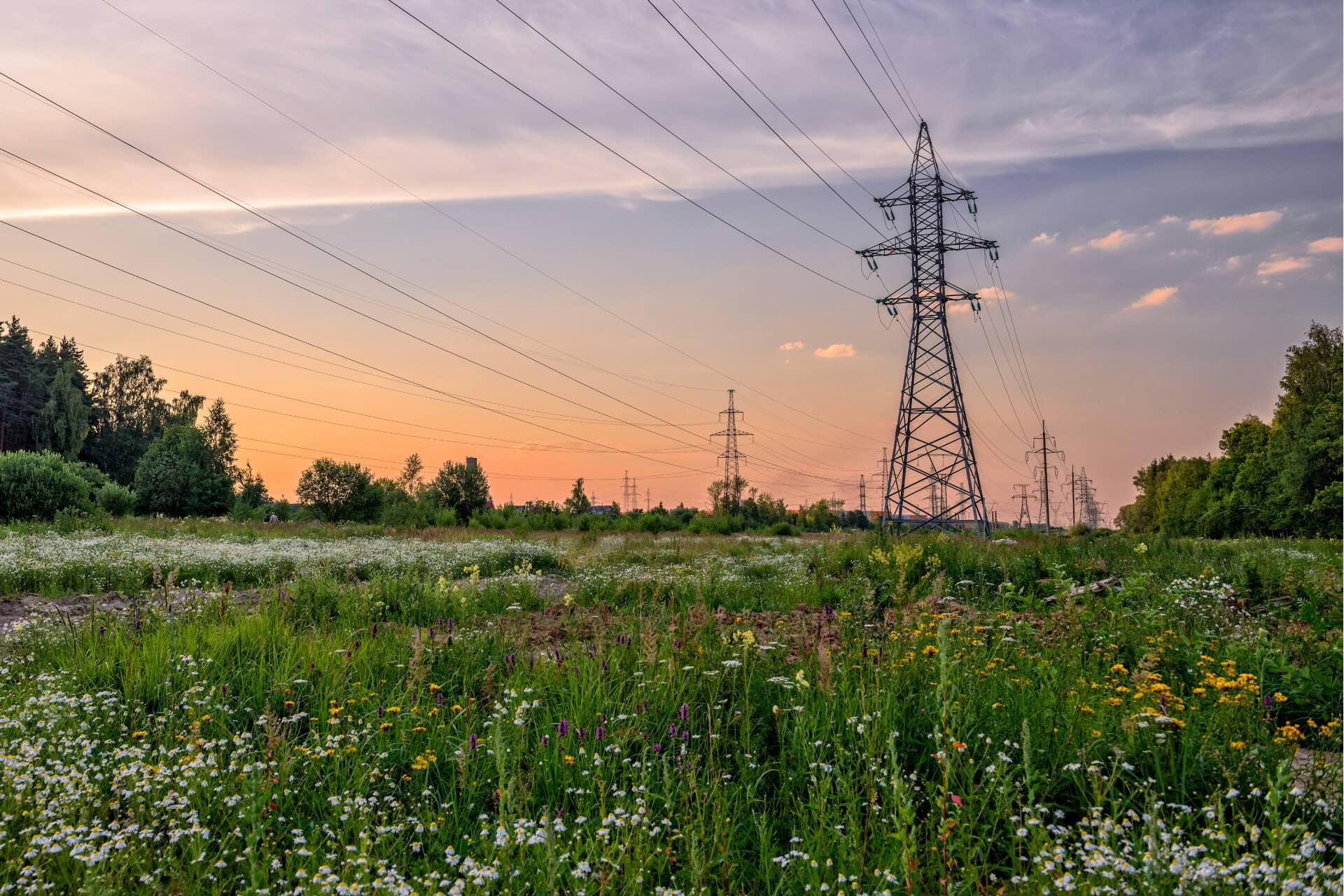The Demand Flexibility Service (DFS) is evolving from a winter contingency service to something that could run all year round. Here’s what you need to know.
The DFS takes strain off the national grid at peak times by paying energy users to change their consumption patterns. It is run by ESO, Great Britain’s electricity system operator. (ESO is part of the National Grid Group but legally separate.)
Winter warmer
The DFS was launched in November 2022, when there was concern about Britain’s power systems coping in the winter season. There had been warnings of possible power cuts in the event of Russian gas supplies being switched off during a cold snap. ESO was on the point of implementing an “emergency winter plan” before a gas-fired power station stepped in to take up the slack.
The DFS was a success, with businesses and households reporting a positive experience of taking part. So it was repeated the following winter (2023/24).
Changing needs
But now ESO has more generation capacity to call on in a winter emergency. Last winter it was 4.4GW and this coming winter it is predicted to be 5.6GW. So the need for winter-specific contingency supplies is reduced.
ESO has therefore decided to “evolve” the DFS into a fully commercial service to support high-demand periods all year round. It will become just one of many tools available to ESO for managing peaks in energy demand.
The end of “predict and provide”
The National Grid used to have a reactive model for coping with demand, similar to the outdated “predict and provide” model used in transport planning. In the short term, it meant responding to high demand by bringing more power plants on stream, usually gas or diesel because they can be up and running quickly. In the long term, it meant trying to predict future demand levels and then building more costly infrastructure to meet it.
Now the thinking is different: instead of racing to meet demand, ESO explores ways of reducing and controlling that demand. Demand flexibility is an important tool and could save the public purse a lot of money by reducing the need for new infrastructure. It is also greener because it reduces the use of peaking plants, which tend to run on fossil fuels. So it is logical that ESO is exploring ways to make the DFS work all year round.
Watch this space
ESO is currently working with industry on the final design of the new-look DFS. Then it will be submitted to Ofgem for approval. We can expect the new scheme to be up and running in time for winter 2024/25. For more updates, keep an eye on the Energy Advice Hub.














